Swiss traditions for UNESCO's cultural heritage
UNESCO’s intangible cultural heritage aims to protect the living traditions and know-how of local communities. Eight Swiss traditions have been chosen to be put forward for this recognition, which is already enjoyed by the Vevey winegrowers' festival, among others.
Each year, Switzerland has the opportunity to propose to UNESCO a new tradition to be added to the Representative List of the Intangible Cultural Heritage of Humanity. The objective of this list is to promote cultural diversity, protecting in particular social practices, festive rituals or specific know-how. In Switzerland a group of experts was instructed to draw up an indicative list of eight traditions to be submitted to the international organisation. Two of them have already been proposed and the others will be candidates in the next few years.
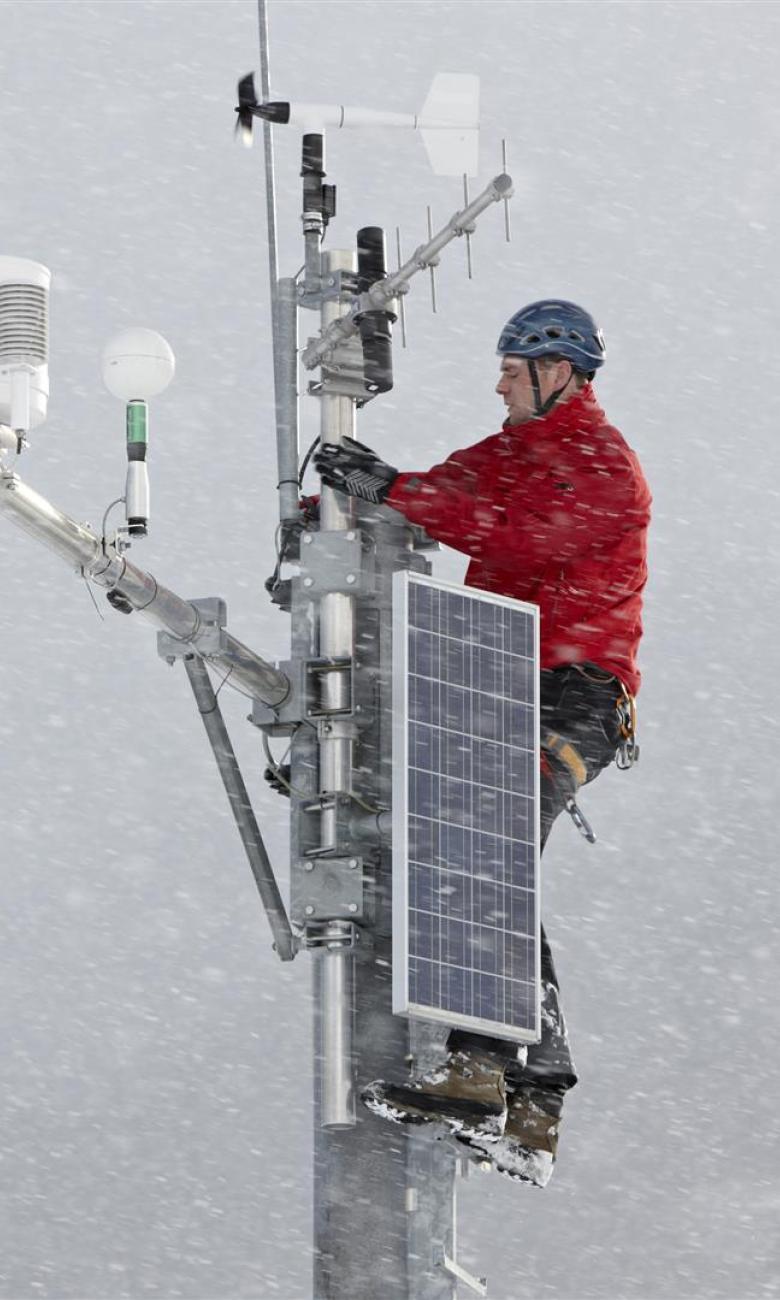
The Vevey winegrowers' festival
In 2016, this was the first Swiss tradition to be included on the UNESCO list. This great theatrical gathering highlights and celebrates an essential part of regional culture: wine production. The Brotherhood of Winegrowers of Vevey organises the event, in which the producers of the Lavaux and Chablais Vaudois also take part. Many volunteers from the region join local winemakers and artists to put on this major event. The celebrations lasted only one day in 1797 but the most recent festivals lasted two full weeks. Held just once in a generation, the next festival will take place in 2019.
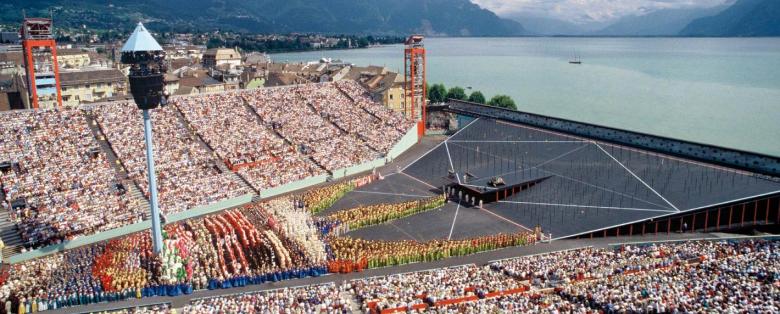
The Basel Fasnacht
This highly codified event has this year been put forward to be included on UNESCO’s list of intangible cultural heritage. At four o'clock in the morning, the ‘Morgenstraich’ marks the beginning of the festivities on the Monday following Ash Wednesday. ‘Cliques’ dressed in costumes and masks, carrying lanterns, parade through the streets of Basel, still plunged in darkness. In addition to the musical festivities – based mainly on ‘Gugge’ music – the carnival is an occasion to poke fun at events of the past year. Groups of ‘Schnitzelbank’ singers can be heard performing satirical songs in the bars and restaurants of the city. Carnival dates back to the Middle Ages and is an integral part of Basel’s identity.
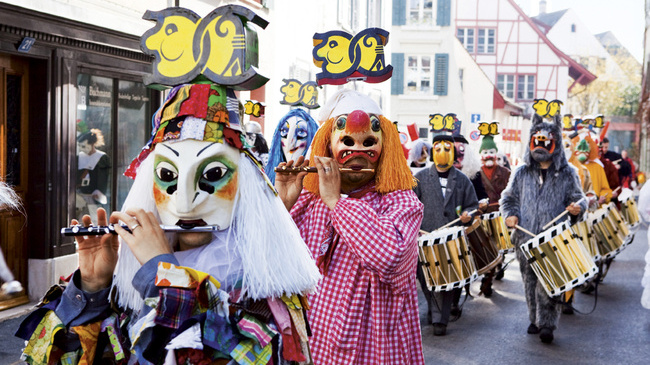
Transhumance in the Swiss Alps
Each summer, herders drive their livestock up to the alpine pastures, a way of life that demands a broad range of skills, the most emblematic of which is undoubtedly the traditional manufacture of alpine cheese. In order to raise their livestock and maintain their pasturelands, the landowners rely on skills and techniques passed down by their ancestors which have proved their worth and remain just as valuable and worthy of protection today, despite the growing mechanisation of agriculture. The events and festivals that punctuate this rural way of life – such as the ‘inalpe’ (or Poya) and the ‘désalpe’, the cow fights and the ‘Bénichon’ – attract much interest from visitors and bear witness to the strength of tradition in Switzerland. For all these reasons, transhumance in the Swiss Alps deserves to be included on the UNESCO list.
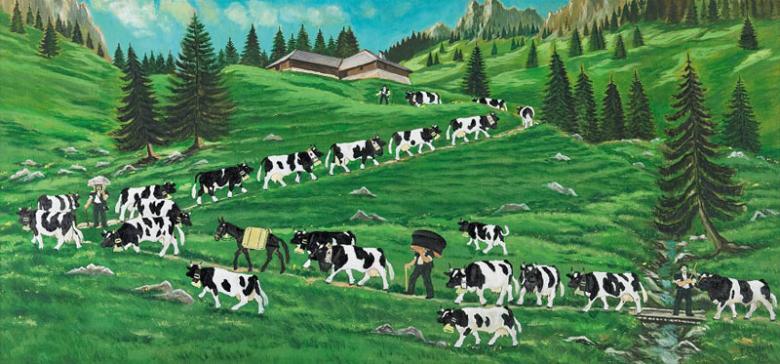
The Easter processions in Mendrisio
During Holy Week, the municipality of Mendrisio in Ticino is the venue for various processions. This religious tradition has existed for 350 years. On the evening of Holy Thursday, the lights go out in the village and are replaced by astonishing backlit panels depicting episodes from the Bible. The earliest of these paintings date back to the end of the 18th century. Dressed in costume, the participants enact the passion of Christ. More than 600 people parade through the streets of Mendrisio during the Holy Thursday and Good Friday processions.

Swiss graphic and typographic design
Graphic design and typography are visual communication tools that are used everywhere today – for posters, logos and everyday objects. The emergence of a Swiss style has contributed to the development of these tools at the international level. A key to intercultural dialogue, this heritage has been boosted by Switzerland’s economic growth and the excellent training available in this field. Who among us has never used the Helvetica font, created by the Swiss designer Max Miedinger in 1957 and made especially famous by its use on the signage of the New York subway?
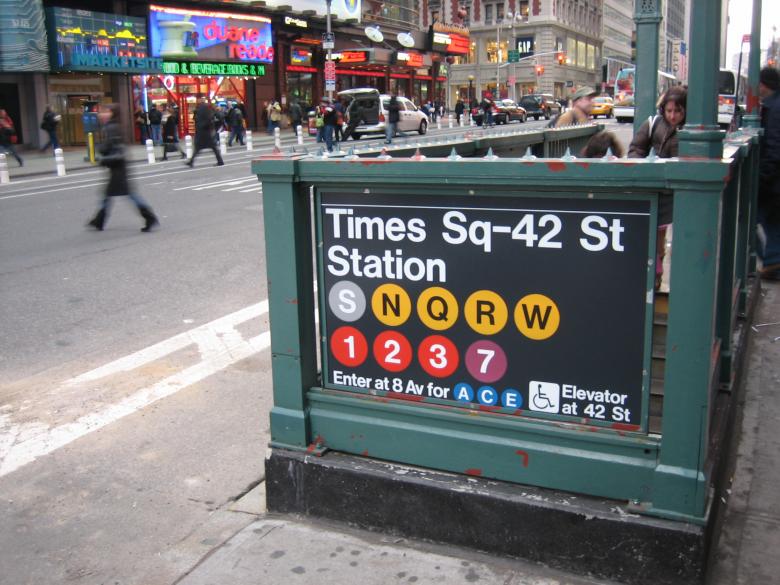
Avalanche risk management
The image of Switzerland in the world is intrinsically linked to mountains and snow. But this environment carries risks and it has been necessary to overcome them in order to develop tourism at high altitudes. Over the centuries, the Swiss have acquired a thorough knowledge of avalanche risk management, which is handled by mountain guides, ski resort managers and researchers. This knowledge comes from the observation of nature: studying precipitation, the snowpack and different types of snowflake makes it possible to assess the risks, while the construction of protective barriers and the artificial triggering of avalanches aim to minimise them. This scientific and informal knowledge, passed down through the centuries, is worthy of a place in the world’s intangible cultural heritage.
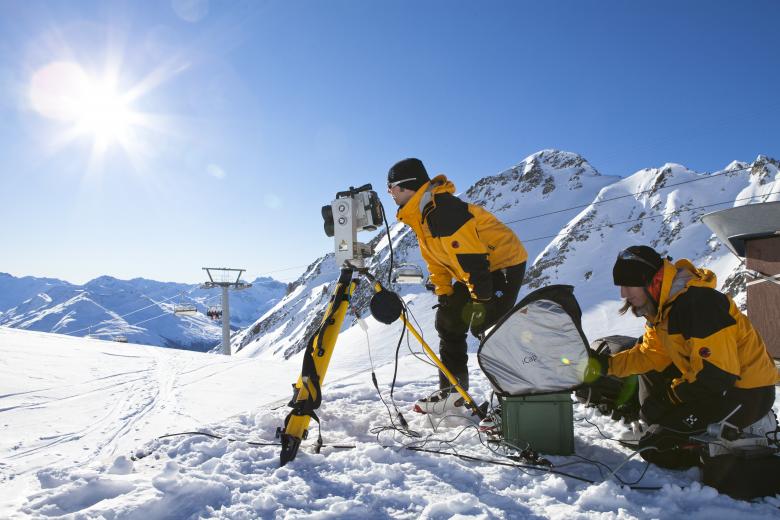
Yodelling
The famous singing technique, emblematic of the Swiss mountains, is also one of the candidate traditions. This type of singing – without words – involves shifting the voice between the chest and the throat, and is based on a series of vowels and consonants. Subdivided into different genres, it provides surprising musical variety to the uninitiated: a cross between disciplined, almost classical singing and a voice calling from far distant times. The natural sound of yodelling varies from region to region. This traditional technique is passed down today within families, associations or directly from one singer to another.
The craftsmanship of mechanical watchmaking
Renowned the world over, Swiss watches are among the most emblematic objects of the country. Watchmaking craftsmanship – a prominent feature of several Swiss regions – will also be proposed for inclusion in UNESCO's intangible cultural heritage. Hand craftsmanship specific to this industry, such as bevelling, pivoting or master watchmaker skills, perpetuate the techniques and knowledge that must be preserved. Swiss mechanical engineering is also illustrated by the production of automata and music boxes, a field that has lost none of its artistic dimension in Sainte-Croix (canton of Vaud). The proposal to include this tradition in UNESCO's intangible cultural heritage showcases the combination of watchmaking training and human dexterity, both of which are essential for achieving the requisite high degree of technical precision. Even today, industrial robots are unable to compete with the meticulous skills of Swiss watchmakers.
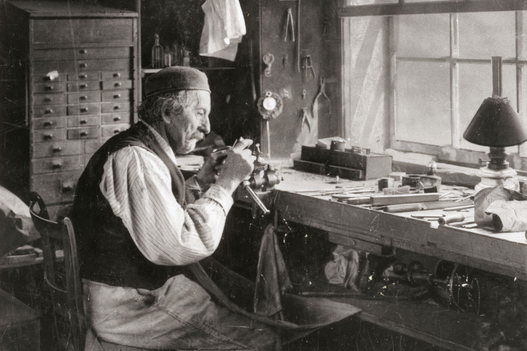
In 2008, Switzerland ratified the Convention for the Safeguarding of Intangible Cultural Heritage. Since then, an inventory has been drawn up in order to catalogue Swiss traditions. A map showing 167 living traditions is published by the Swiss Confederation and is available online.




